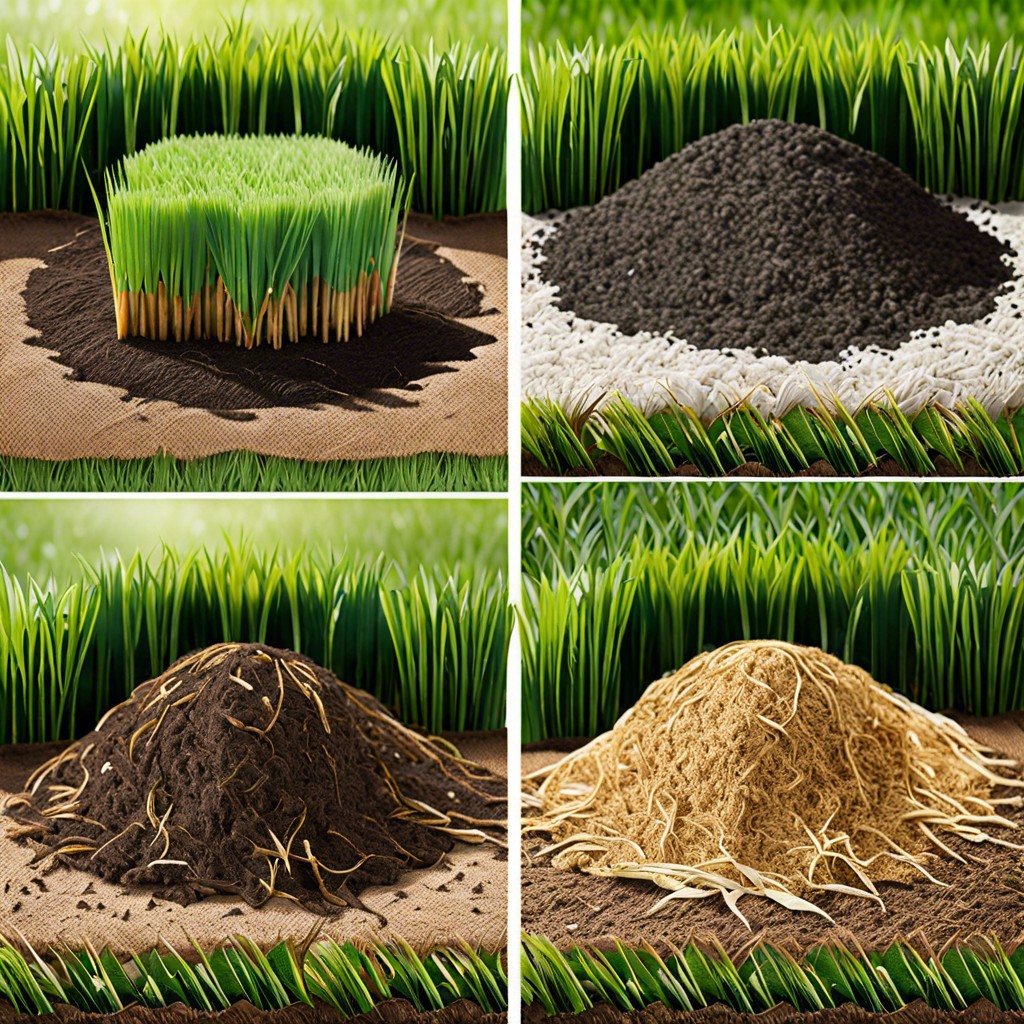Discover the best tips for choosing and buying sod near you to transform your lawn from drab to fab!
Understanding Different Types of Sod

Choosing the right sod for your garden is like finding the perfect pair of shoes; it all depends on where you’re going! Here are a few popular types:
Bermuda grass thrives in the sun and is great for those living in warmer climates. It’s like the sunscreen of sod; it loves a good sunbathing session!
Fescue is the all-rounder. It does well in both sun and partial shade, and it’s as resilient as your favorite jeans – tough and versatile.
Zoysia is the choice for the lawn enthusiast seeking a low-maintenance yet visually striking option. Think of it as the lazy person’s dream grass – less mowing, more admiring!
St. Augustine isn’t about paying respects to a saint but to your lawn! This type prefers warmer climates and handles shade like a pro, perfect for those who love a lush, green carpet without constant sun.
Understanding the strengths and needs of each type will ensure your lawn is not just surviving, but thriving. Choose wisely, and your yard will be the envy of the neighborhood!
Identifying Local Sod Suppliers
Finding nearby suppliers is simpler than spotting a green patch in a sea of concrete. Start with a quick online search; just type “sod suppliers near me” and watch the magic happen. If you prefer a more hands-on approach, local gardening centers and home improvement stores are treasure troves for sod seekers. Don’t overlook the power of word-of-mouth—ask your neighbor with the enviably lush lawn where they got their green. Local landscapers are also a goldmine of information; they can often lead you to top-notch sod sources you might never have discovered on your own.
Tips for Choosing Quality Sod
When you’re on the prowl for the greenest, most envy-inducing lawn in the neighborhood, keep these pointers in mind to snag that top-tier turf.
First, evaluate the sod’s color. You want a vibrant green, not a dull or yellowing palette. This isn’t just about aesthetics—a lush color often indicates good health and proper farming practices.
Next, check the root system. A strong, thick network of roots suggests that your sod will embrace its new home like a long-lost relative, ensuring better survival and growth.
Don’t forget the feel test—densely packed and robust to the touch means fewer gaps and a smooth lawn surface. It should feel like a plush carpet, not a mangy rug.
Lastly, timing is everything. Ideally, lay your sod within 24 hours of delivery. The fresher, the better, as it reduces the shock of relocating and helps the sod settle in without a hitch.